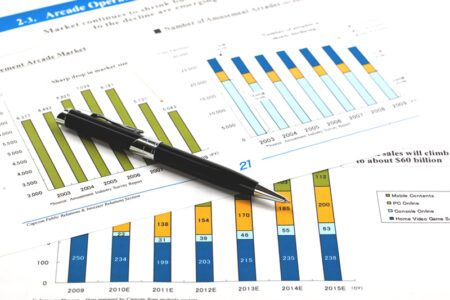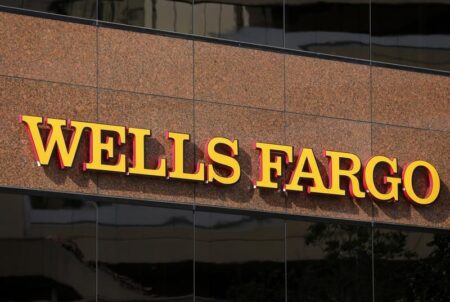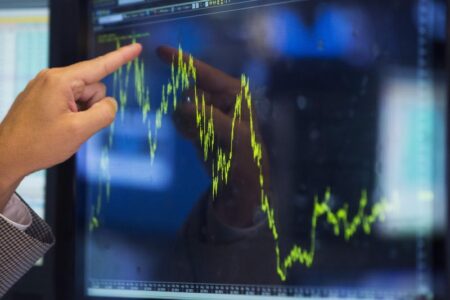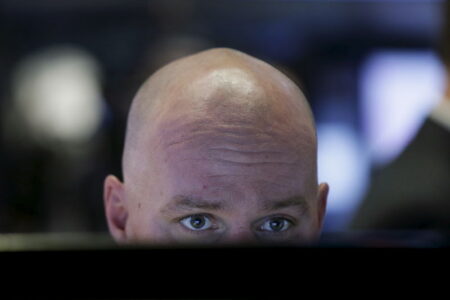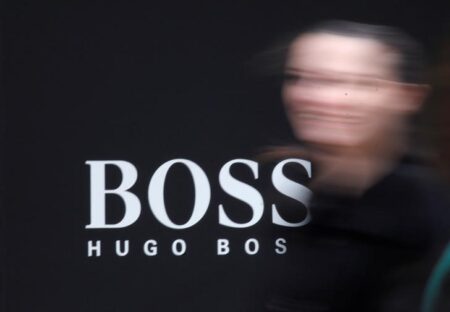By Stephen Culp
NEW YORK (Reuters) – U.S. stocks advanced on Monday, building on their largest weekly percentage gain of the year as investors focused on the Democratic National Convention and the upcoming Jackson Hole Economic Symposium.
The tech-heavy Nasdaq led all three major U.S. stock indexes to a higher close, with help from Nvidia (NASDAQ:), Microsoft (NASDAQ:) and Alphabet (NASDAQ:).
The and the Nasdaq extended their winning streak to eight consecutive sessions, the longest in 2024, as equities continued to rebound from a steep sell-off two weeks ago driven by recession fears.
The rally builds on the U.S. stock market’s biggest weekly gains of the year, in which the three major indexes jumped between 2.9% and 5.3%.
Recent data has shown consumer resiliency despite economic softening, boosting expectations that the Federal Reserve will start lowering interest rates at its September policy meeting by cutting the Fed funds target rate by 25 basis points.
“What’s behind (this rally) is the hope that the spigots will continue to be open with the Fed potentially cutting rates in September,” said Paul Nolte, senior wealth advisor & market strategist at Murphy & Sylvest in Elmhurst, Illinois.
“Money is looking for a place to go, and it’s going into the equity markets.”
A slim majority of economists polled by Reuters say the Fed will implement three 25-basis-point rate cuts by the end of the year, and the economy will probably be able to avoid recession as inflation abates.
The Jackson Hole Economic Symposium kicks off on Thursday, and Fed Chair Jerome Powell’s remarks on Friday will be parsed for clues regarding the U.S. central bank’s path from restrictive to neutral monetary policy.
“I think (Powell) is going to reiterate some of the talking points that the Fed made, that they’re getting a little bit more comfortable with the fact that inflation is coming down to target,” Nolte added. “They’re comfortable with the economy doing reasonably well, and that will be interpreted by the markets as a door-opener for a September rate cut.”
The Democratic National Convention in Chicago, which starts on Monday, could fuel market volatility that is already heightened due to light, late-summer trading volume.
The CBOE market volatility index a gauge of investor anxiety, retreated at a record pace last week from a four-year high amid growing optimism of a soft landing.
Goldman Sachs lowered the odds of a U.S. recession in the next 12 months to 20% from 25% following the latest weekly jobless claims and retail sales reports.
The rose 236.77 points, or 0.58%, to 40,896.53. The S&P 500 gained 54 points, or 0.97%, at 5,608.25 and the added 245.05 points, or 1.39%, at 17,876.77.
All 11 of the major S&P 500 ended higher, with communication services enjoying the biggest percentage gain.
Advanced Micro Devices (NASDAQ:) rose 4.5% after the chipmaker said it plans to acquire server maker ZT Systems for $4.9 billion to expand its artificial intelligence portfolio to better compete with Nvidia.
B. Riley Financial slid 5.8%, extending a drop of over 65% last week. Co-founder and co-CEO Bryant Riley had offered to buy the bank on Friday after it warned of a hit from its investment in Vitamin Shoppe-owner Franchise Group (NASDAQ:).
Quarterly results from cybersecurity firm Palo Alto Networks (NASDAQ:), retailer Target and home improvement chain Lowe’s (NYSE:) are due later this week.
Advancing issues outnumbered decliners on the NYSE by a 3.54-to-1 ratio; on Nasdaq, a 2.71-to-1 ratio favored advancers.
The S&P 500 posted 32 new 52-week highs and no new lows; the Nasdaq Composite recorded 105 new highs and 65 new lows.
Volume on U.S. exchanges was 10.30 billion shares, compared with the 12.24 billion average for the full session over the last 20 trading days.
Read the full article here











